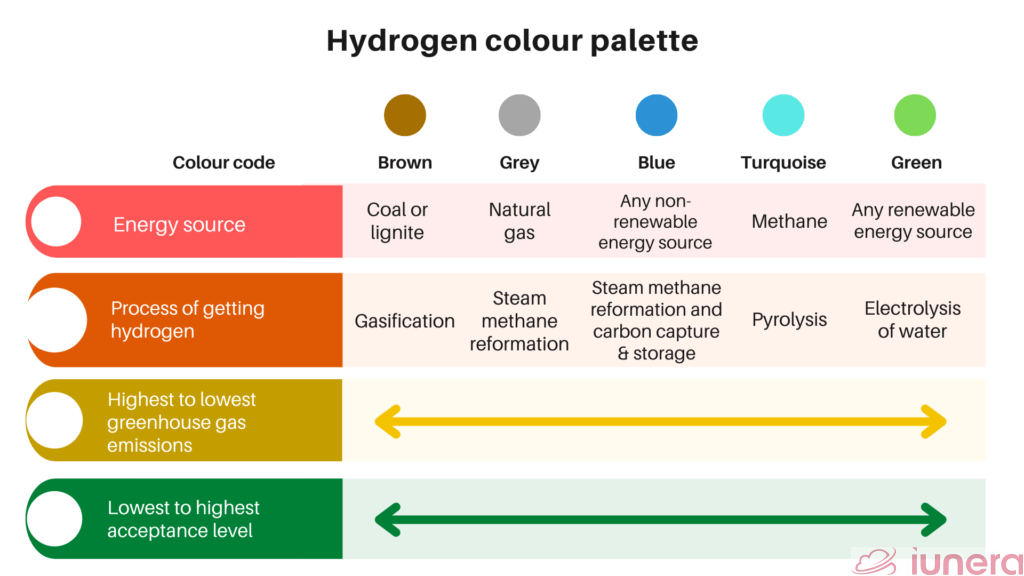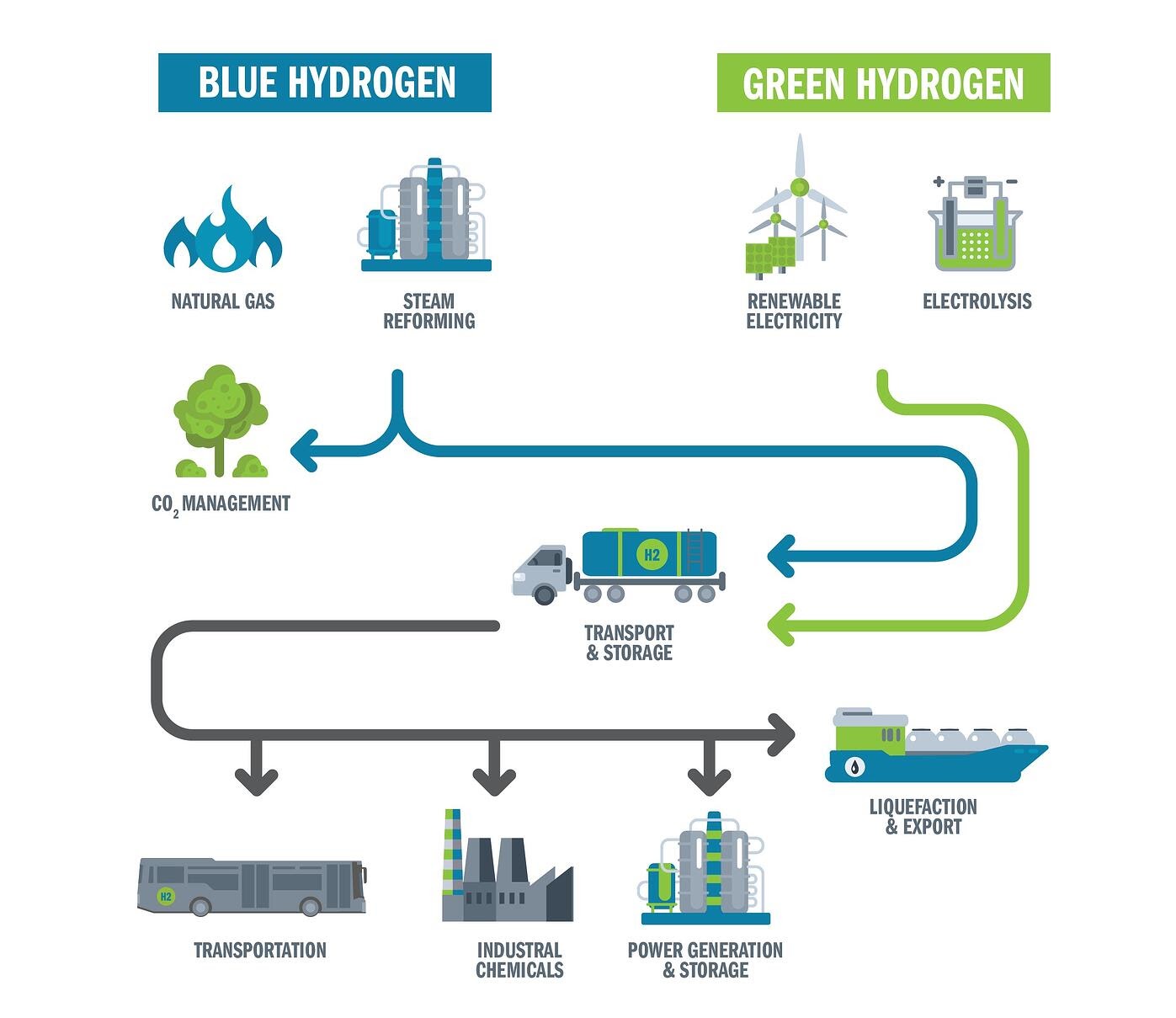7667766266
enquiry@shankarias.in
Why in news?
Indian Prime Minister recently announced the National Hydrogen Mission.
What is the National Hydrogen Mission?

How is the current hydrogen production?
What is green hydrogen?

The cost of producing green hydrogen could drop below $2 per kg in 10 years, if accompanied by scale, both in production and consumption.
Possibly, 22% of the global energy need by 2050 could be hydrogen-based.
What are the challenges?
What are the advantages?
Favourable factor
What are the possible applications?
What are the interventions so far?
What lies ahead?
Source: Livemint